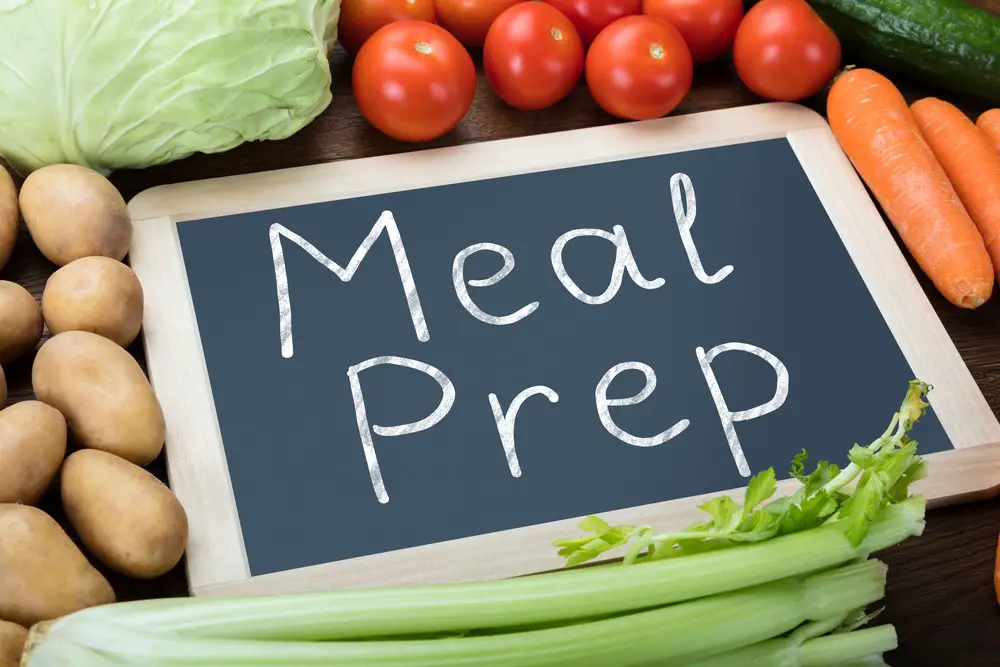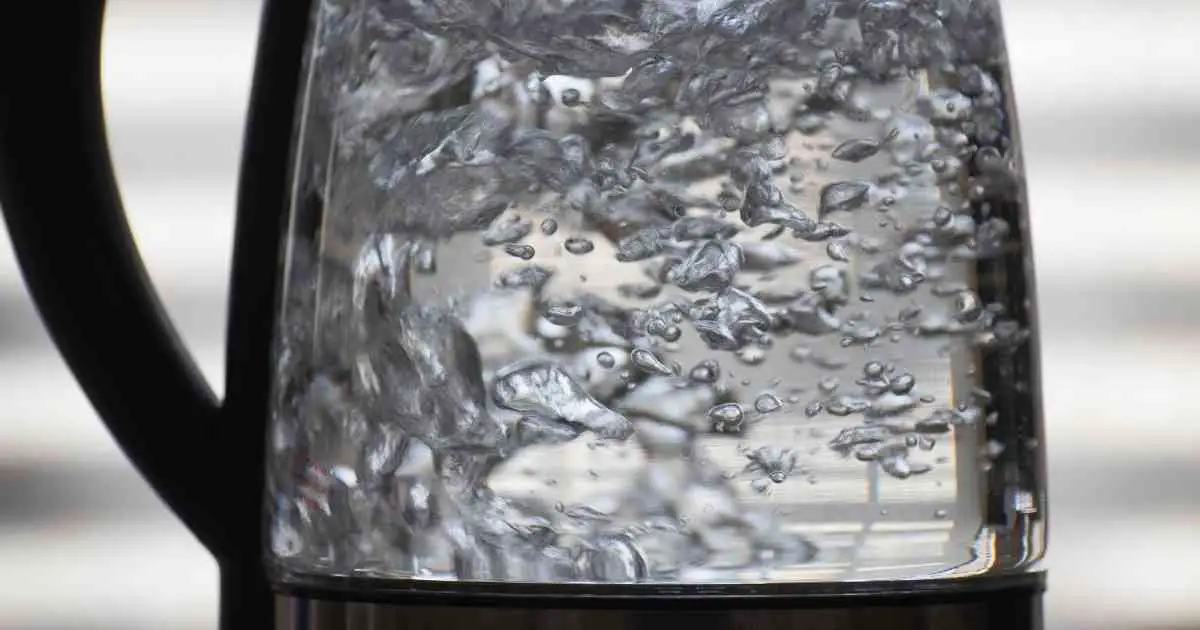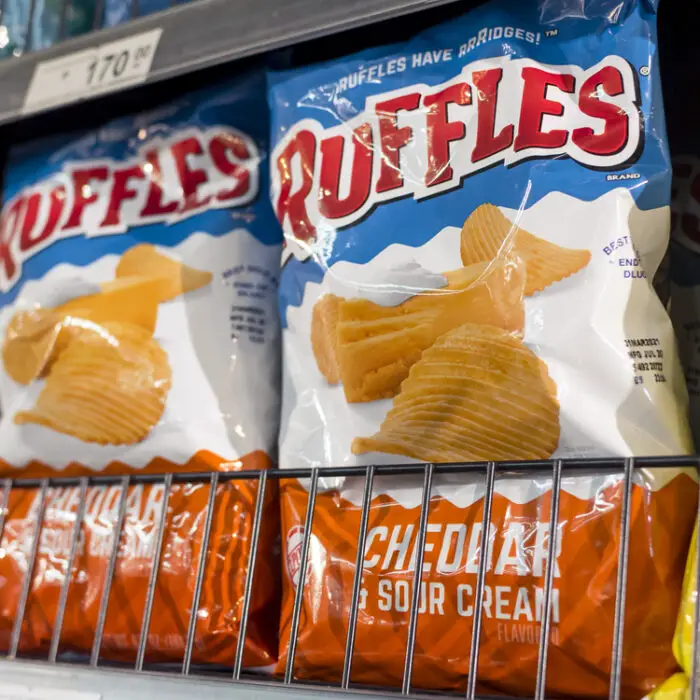Are you tired of spending endless hours in the kitchen? Want to whip up mouthwatering meals without the hassle? Look no further. We’ve curated 13 ingenious meal prep tips from professionals across various fields. Whether you’re a CEO always on the go, a busy parent, or someone looking to make the most of your time and culinary skills, these tips will level up your cooking game. From the magic of frozen herb cubes to the efficiency of batch cooking, these ideas are not only time-savers but also flavor boosters that work across all cuisines. Let’s dive in!
- Freeze Leftover Herbs for a Quick Flavor Boost
- Pre-Cook Dishes for Freshness and Flavor
- Organize Ingredients with Mise en Place
- Grab Parchment Paper for Cleaner, Easier Cooking
- Use an Immersion Blender for Quick Sauces
- Add Starches to Soups for Bulk
- Save Time with Batch-Cooking
- Slow-Cook Large Meals for Future Use
- Prep Ingredients for the Week on Sunday
- Include Frozen Vegetables for Convenience
- Invest in a Good Knife for Efficiency
- Repurpose Leftovers into New Dishes
- Examine Pantry Ingredients to Avoid Waste
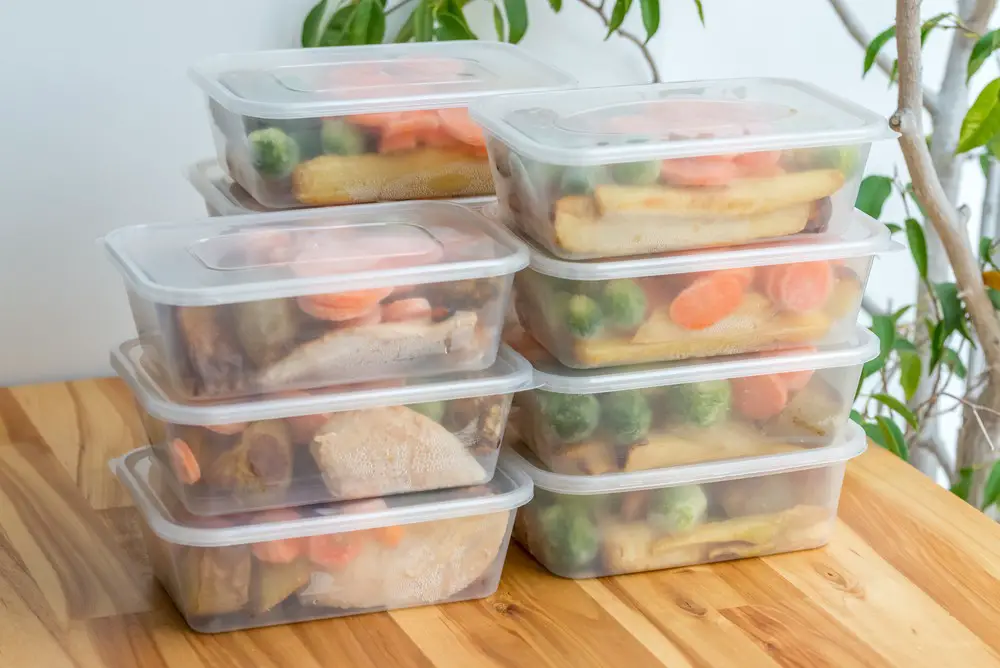 1. Freeze Leftover Herbs for a Quick Flavor Boost
1. Freeze Leftover Herbs for a Quick Flavor Boost
A creative cooking tip that can speed up meal prep and apply to many cuisines is to freeze leftover herbs in olive oil, salt, and garlic to form ice cubes. This is a great way to reduce food waste and quickly add flavor to your meals.
Add your leftover herbs to an ice cube tray with olive oil and a pinch of salt (no water). Freeze the “herb cubes” overnight, then pop them out and store them in a freezer-safe bag.
To use, add a frozen herb cube to your pan when you are cooking. The herb cube will melt and release its flavor into your dish. You can use frozen herb cubes in soups, stews, sauces, stir-fries, and more.
Belen Garcia-Saldaña, Marketing Coordinator, Achievable
2. Pre-Cook Dishes for Freshness and Flavor
Cooking your dishes right before serving is a time-saving technique that can benefit various cuisines. It allows you to maintain the freshness and flavor of your food while streamlining meal preparation. This approach ensures that the textures and tastes of your dishes are at their best when you sit down to eat, with no elaborate, advanced cooking.
This technique also ensures that your meals are at their best regarding nutrition since all the ingredients are cooked before serving. It can be beneficial for those looking to make healthy meals. It can help reduce food waste, as dishes can be prepared as needed and not used before they are served.
Joe Acosta, Digital Marketing Manager, BBQ Galore
3. Organize Ingredients with Mise en Place
One creative cooking tip that has significantly sped up my meal prep is the concept of mise en place. This is a fancy way of preparing and organizing all your ingredients before you cook.
This practice saves time and ensures a smoother cooking process since you don’t have to pause to chop, measure, or find ingredients. While it’s particularly helpful for recipes that involve multitasking or quick cooking, like stir-fries or pasta dishes, it’s a versatile technique applicable to various cuisines.
Mise en place enhances efficiency and allows you to focus on cooking, resulting in better-prepared meals with less stress.
Rhianna Jones, Registered Nurse, CanXida
4. Grab Parchment Paper for Cleaner, Easier Cooking
Parchment paper is a godsend—from keeping dishes and pans cleaner to simply having cookies release faster to avoiding fish and chicken from sticking to the pan. Parchment paper is the miracle prop that has helped me make meal prep faster and cleanup quicker, too!
James Hills, Publisher – Travel and Relationships, CouplePlaces.com
5. Use an Immersion Blender for Quick Sauces
Using an immersion blender for sauces and dressings can significantly speed meal prep. This technique applies to all types of cuisine and involves blending ingredients directly in the container rather than moving them into a blender or food processor. This eliminates the need for transferring hot liquids while also avoiding spills. Plus, cleaning up is a breeze since everything happens in one container!
Tasia Duske, CEO, Museum Hack
6. Add Starches to Soups for Bulk
Add starches to your soups for bulk and flavor control. Light soups may be tasty, but they tend to leave you wanting more soon after. This is likely because liquid-only soups don’t have enough fiber to keep you full.
I like to throw in some starchy vegetables—potatoes and yams—to give my soups more substance. Using this technique also means you won’t have to worry about preparing your starches separately.
If the soup is salty, the starchy vegetables absorb the excess salt as they boil to even the saltiness.
Stephan Baldwin, Founder, Assisted Living Center
7. Save Time with Batch-Cooking
One creative cooking tip I’ve learned from experience is to cook your food in batches. Batch cooking can save an incredible amount of time, especially regarding meats and vegetables.
For example, if you make a stir-fry, you can precook all the ingredients together and then divide them up for separate dishes throughout the week; this common technique streamlines meal prep even further. This technique applies to all types of cuisine, as virtually any ingredient (grains, legumes, meats, etc.) can be cooked in batches beforehand.
Amy Ling Lin, CEO, nailsalon.nyc
8. Slow-Cook Large Meals for Future Use
With meal prep, going slow actually increases meal prep speed. The hassle of making separate dishes and putting them together is saved by slowly cooking and separating one large meal.
Slow cooking requires very little intricacy. The best part about slow cooking? All of the ingredients can be thrown in one pot, the temperature set, and it can be left to cook. This is incredibly convenient for an entrepreneur who is constantly on the go.
When making a grocery list for slow-cooking meal prep, one protein, one type of carb, and one to two veggies are added. This keeps the meal balanced instead of one group overpowering another. Then, something sweet is added to a separate part of the meal-prep container. While not part of the slow-cooked meal, it’s an added touch that I always enjoyed.
Ryan Carrigan, CEO and Founder, moveBuddha
9. Prep Ingredients for the Week on Sunday
When not overseeing solar installations, enjoying creativity in the kitchen is a pastime. One invaluable tip is prepping ingredients for the entire week on a Sunday. For instance, realizing how frequently diced onions are used in dishes, a large batch is diced at the week’s start. This simple act saves significant time during busy weeknights.
While meal planning might sound specific, the core concept can be applied across cuisines. Whether cooking Italian pasta or Asian stir-fries, having prepped ingredients at hand accelerates the process, ensuring more time is spent enjoying the meal and less time preparing it.
Haya Subhan, General Manager, Solar Panel Installation
10. Include Frozen Vegetables for Convenience
One creative cooking tip I’ve learned from experience is to use frozen vegetables. Frozen vegetables are a great time-saver because they come pre-chopped and pre-cooked, eliminating the need for preparation and cooking time. They’re also usually cheaper than fresh vegetables, so it’s an economical choice!
This tip can be used with almost any type of cuisine. For example, you can use frozen vegetables to make stir-fries, soups, curries, and desserts like fruit crumble pies. Add them to pasta dishes or mix them into rice dishes for a healthy meal in minutes. The possibilities are endless!
Amira Irfan, Founder and CEO, A Self Guru
11. Invest in a Good Knife for Efficiency
There are many ways to make cooking faster, but investing in a good knife is one of the best. A sharp knife means you can chop ingredients quickly and evenly, saving you time in prep and making your food look better. Sharp knives also allow you to cut ingredients without pressing down as hard, so they’re easier on your hands.
Paul Eidner, Chief Operating Officer, CarnoGel®
12. Repurpose Leftovers into New Dishes
I love using yesterday’s leftovers to make today’s pie! It’s super quick, and easy, and creates a delicious side meal without effort. It does take some time for it to be ready, but if you start with it, by the time you’re done with the rest of the cooking, it’s ready and enhances the overall meal!
Pazit Reuven, Fashion Designer, and Blogger, Shawlovers
13. Examine Pantry Ingredients to Avoid Waste
Using ingredients you already have, meal prep has become extremely important as an entrepreneur who spends most of their time on the go.
Instead of heading out and putting a grocery list together, one of the best ways to speed up meal prep is by rummaging through your pantry and finding recipes you can make with components you already have. This will save you time and ensure your items don’t go bad and are used before their expiration date.
This strategy also helps you get creative and try out new recipes instead of doing the same thing repeatedly. Let’s say you have a certain type of fruit. You can find salads and dishes that contain that fruit, making it exciting and interesting.
Jonathan Elster, CEO, EcomHalo
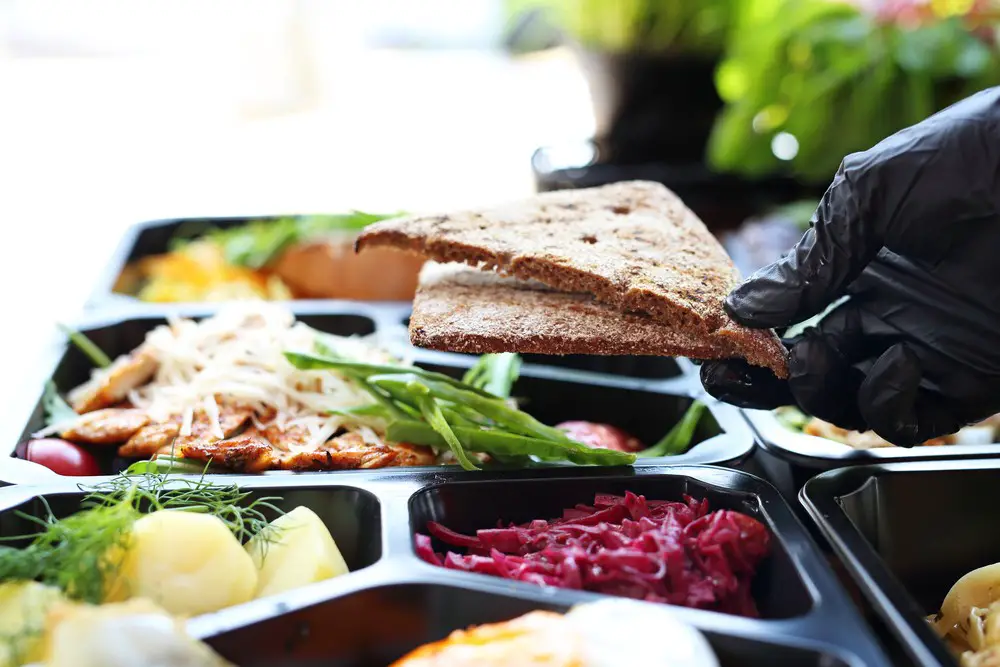 Quick Tips for Implementing These Cooking Strategies:
Quick Tips for Implementing These Cooking Strategies:
- Frozen Herb Ice Cubes: Keep a dedicated ice cube tray for your herb cubes to avoid mixing them with regular ice.
- Great for Stir-fries, pasta, and grilled meat alternatives.
- Pre-Cooking Dishes: Make a weekly menu. This helps you know exactly what needs to be fresh-cooked before serving.
- Great for: Seafood, fresh salads, and dishes requiring crunch.
- Mise en Place: Label small containers for prepped ingredients. It makes grabbing what you need even quicker!
- Great for: Any cuisine that has multiple ingredients and steps.
- Parchment Paper: Use it not just for baking but also for lining your roasting or sautéing pans.
- Great for: Baked goods, roasted vegetables, sheet pan dinners.
- Immersion Blender: Keep it charged or within arm’s reach for spontaneous sauce-making.
- Great for: Soups, emulsifications, and quick smoothies.
- Adding Starches to Soups: Consider grains like barley or rice to diversify the types of starches you use.
- Great for: Hearty soups for winter meals.
- Batch-Cooking: Have plenty of airtight containers for storing batch-cooked items.
- Great for: Meal planning potluck dishes.
- Slow-Cooking: Invest in a good quality slow cooker with a timer function.
- Great for: Stews and curries.
- Sunday Prepping: Store your pre-cut ingredients in breathable produce bags to keep them fresh longer.
- Great for: Busy weekdays, quick assemble-and-cook meals.
- Frozen Vegetables: Go beyond the basics and explore the variety of frozen veggies available.
- Great for: Emergency meals, adding nutritional value effortlessly.
- Invest in a Good Knife: Remember, a sharp knife is safer than a dull one.
- Great for: Literally everything in cooking.
- Repurpose Leftovers: Learn a few pastry recipes; they are excellent for repurposing leftovers.
- Great for: Quick snacks and next-day lunches.
- Examine Pantry: Make a pantry checklist and keep it updated for easier meal planning.
- Great for: Avoiding waste and impromptu cooking.
Combining several strategies, you’ll find that meal prep becomes less of a chore and more of an art form. Keep these tips handy, and you’ll soon realize that these aren’t just tips; they’re life (and time) savers in the kitchen! Happy cooking!

